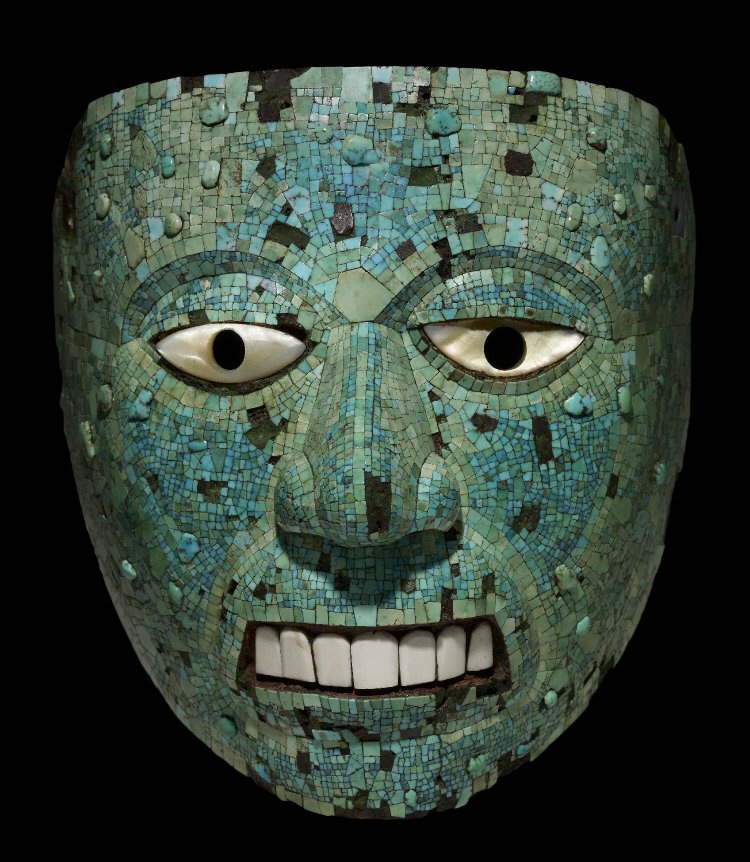ArchaeologyWorld
붉은머리 여신이 대표하는 발칸반도 스타르체보 문화 본문

기원전 6000년에서 5500년 무렵 제작한 이 "붉은 머리 여신Red Hair Goddess" 조각상은 스타르체보 문화Starčevo culture와 관련이 있다.
이 조각은 세르비아 북부 돈야 브란예비나Donja Branjevina에서 발굴되었으며, 현재 베오그라드에 있는 세르비아 국립 박물관National Museum of Serbia 소장품에 포함된다.
스타르체보 문화는 동남 유럽에 위치한 고고학 문화로, 기원전 6200년에서 4500년경에 걸친 신석기 시대를 아우른다.
이 문화는 아나톨리아에서 세스클로Sesklo 지역으로의 민족 이동과 농업, 도기와 같은 기술 혁신 도입을 통해 형성되었다.
스타르체보 문화는 신석기 문화가 발칸 반도 내륙으로 확장되었음을 보여주는데, 이는 아드리아 해안선을 따라 카르디알 도기 문화Cardial ware culture가 확산된 것과 유사하다.
이 문화는 더 넓은 의미의 스타르체보-코뢰시-크리스 문화 복합체Starčevo–Körös–Criş cultural complex의 구성 요소로, 신석기 시대 농부가 북부 발칸반도에 처음 도착한 지 약 700년 후 중부 유럽 선형 토기 문화European Linear Pottery culture 출현에 궁극적으로 기여했다.
The "Red Hair Goddess" figurine, crafted from terracotta and dating back to approximately 6000-5500 BC, is associated with the Starčevo culture. It was excavated at Donja Branjevina in northern Serbia and is currently part of the collection at the National Museum of Serbia in Belgrade.
The Starčevo culture is an archaeological culture located in Southeastern Europe, spanning the Neolithic period from approximately 6200 to 4500 BCE. It arose from the migration of peoples and the introduction of technological innovations, such as farming and pottery, from Anatolia to the Sesklo region.
The Starčevo culture represents the expansion of Neolithic practices into the inland Balkan Peninsula, akin to the spread of the Cardial ware culture along the Adriatic coastline. This culture is a component of the broader Starčevo–Körös–Criş cultural complex, which ultimately contributed to the emergence of the central European Linear Pottery culture around 700 years after the initial arrival of Neolithic farmers in the northern Balkans.
'미술탐색' 카테고리의 다른 글
| 생각하는 로마 여자 (0) | 2025.06.28 |
|---|---|
| 머리 스타일이 다른 삼형제 (0) | 2025.06.28 |
| 쇼베동굴 3만년의 꿈 (0) | 2025.06.22 |
| 인상파 정물화랑 하나도 다르지 아니하는 폼페이 정물화 (0) | 2025.06.21 |
| 백조 제우스한테 당하는 레다 (1) | 2025.06.17 |




